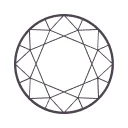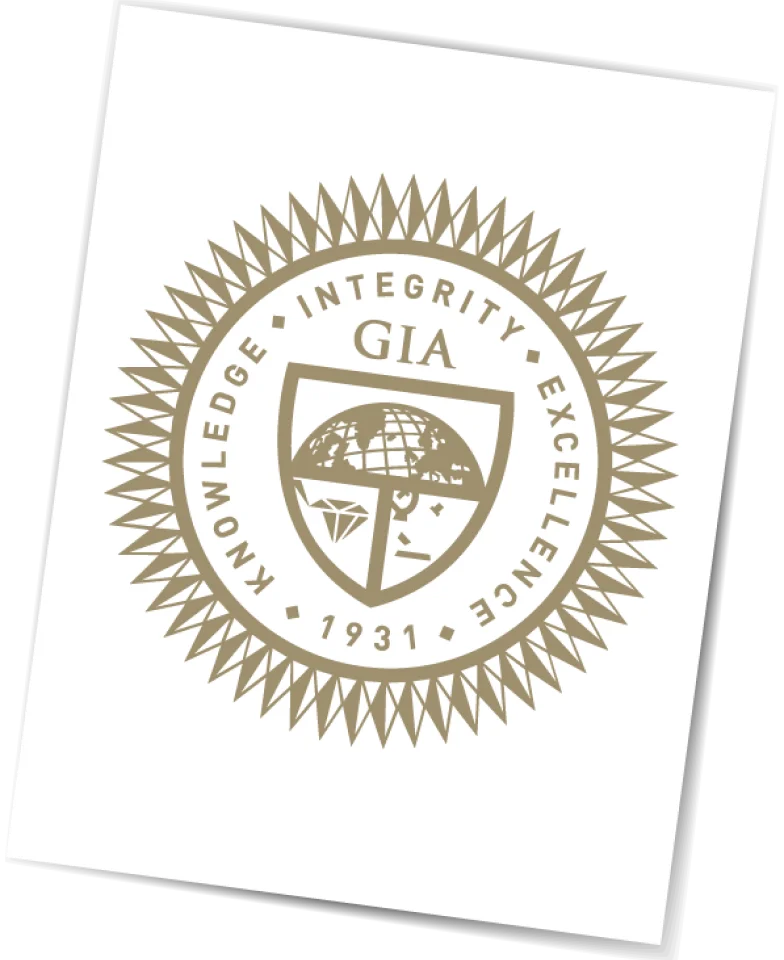The 4Cs Of Diamonds
Selecting the perfect diamond starts with a little education. We begin with the 4Cs: Carat, Cut, Color, and Clarity.
Diamond Education


Measurements & Proportions
The measurement and proportions of a diamond define its overall visual appeal. Some diamonds are cut to emphasize the total carat weight, while others are designed to enhance brilliance and luster. Diamond cutters use the natural growth characteristics of a diamond to determine the optimal proportion to enhance each diamond's unique personality.

Crown
When a diamond’s crown is cut at an ideal angle, the jewel will yield optimal sparkle and fire. If the crown angle is too steep, the jewel will display limited sparkle when viewed from overhead. If the crown angle is too shallow, the diamond could seem flat and translucent.
Girdle
The girdle is typically a thin edge of the diamond where it can be held by the setting.
Table
The top facet of a diamond is the table. If the table is out of proportion to the body of the diamond, it will negatively affect the brilliance and fire.
Culet
The bottom point or facet of the diamond is the culet. A small, flat face at the culet is undesirable for a round cut diamond, but may provide positive characteristics for other shapes and styles.
Depth
Depth of a diamond is measured by drawing an imaginary line between the center of the Top (table) and bottom (culet) facets.
Pavilion
Much like the crown angle, the pavilion affects sparkle and brilliance. When cut properly. the pavilion will emit the most sparkle through the top of the jewel. Cutting too shallow limits sparkle and makes the diamond seem glasslike. If the angle is too large the diamond will not emit optimal sparkle.
Shop Diamonds By Shape
WHAT ELSE IS IMPORTANT?

























